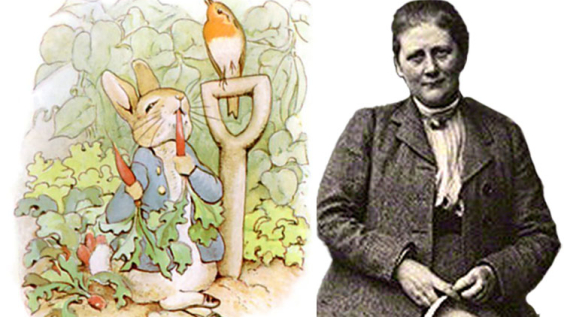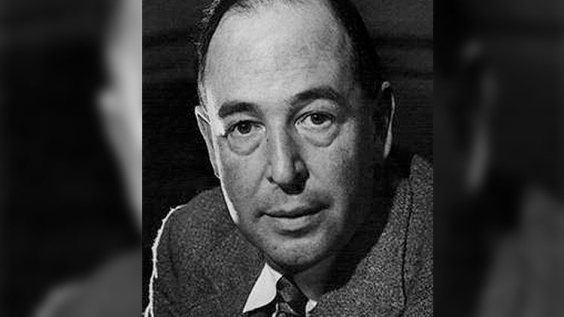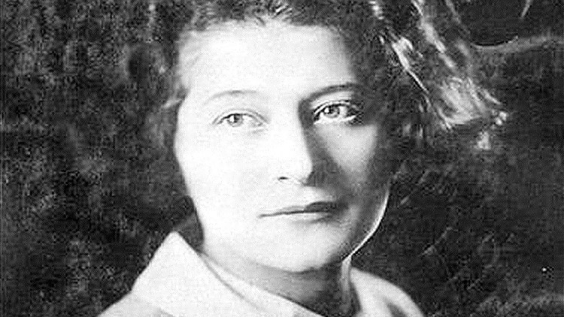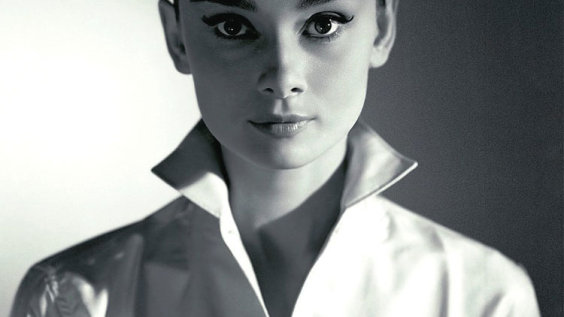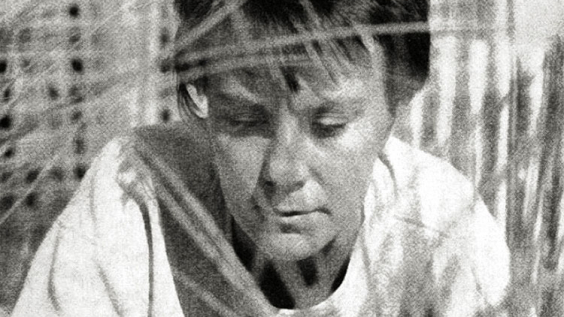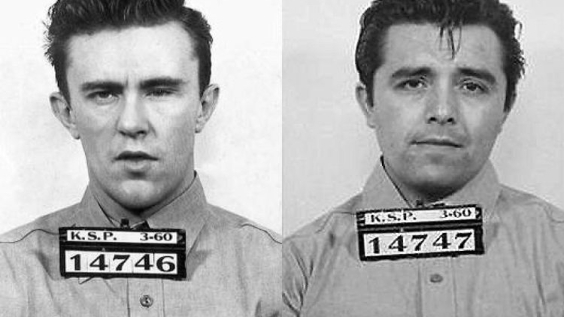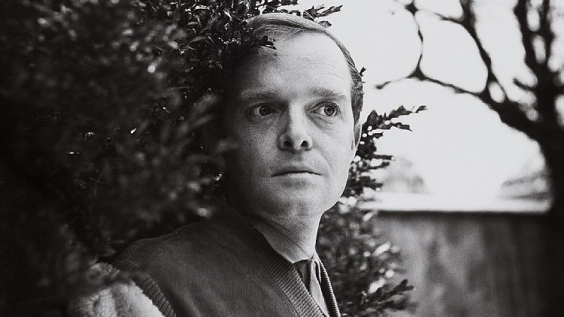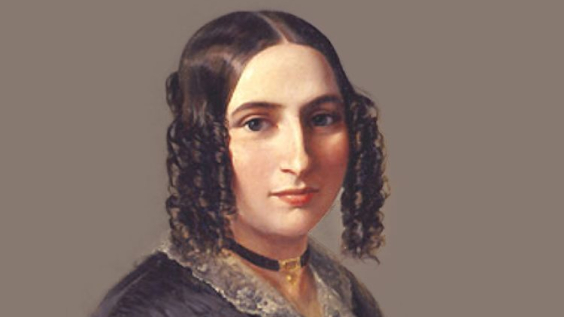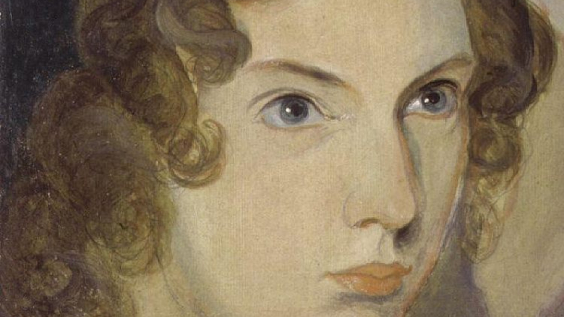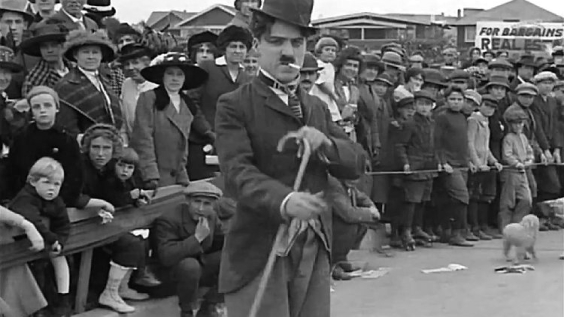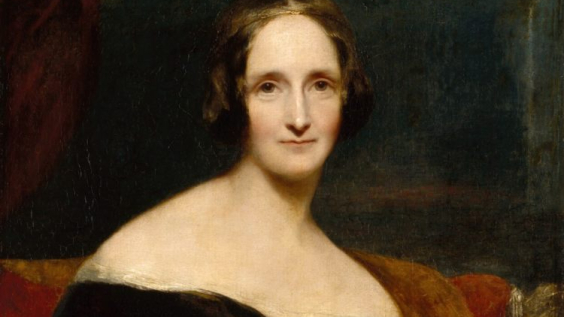
On 4 March 1877 a new ballet premiered at the Bolshoi Theatre in Moscow – Swan Lake. This was the first major ballet score composed by Pyotr Il’yich Tchaikovsky, who would later go on to write and compose The Nutcracker and The Sleeping Beauty.
The critics, however, were unmoved, and thus little did Tchaikovsky know then that Swan Lake would become the most widely known, timeless classical ballet, and one of the most popular ballets of all time.
Origins
There is actually no existing evidence of where the idea of the plot of Swan Lake came from, or what inspired its writer. The most accepted theory is that the content of the ballet is based on a Russian or German folktale.
Legend has it that in 1871 Tchaikovsky composed a children’s ballet-pantomime, The Lake of the Swan, for his young nephews and nieces. Some contemporaries of Tchaikovsky recalled the composer becoming fascinated by the life story of Bavarian King Ludwig II, who had supposedly been called ‘The Swan King’ and died under mysterious circumstances by drowning himself in a lake. This likely served as Tchaikovsky’s main inspiration for his lead character Odette, Prince Siegfried.

Ludwig II’s coronation portrait, 1865 (cropped). Image credit: Ferdinand von Piloty (1828-1895), Public domain, via Wikimedia Commons
Image Credit: Ferdinand von Piloty (1828-1895), Public domain, via Wikimedia Commons
Plot
Like many powerful love stories, the magical ballet of Swan Lake has a classic tragic love narrative, telling the story of the doomed love between Prince Siegfried and Princess Odette.
Out hunting one night, Prince Siegfried chases a group of swans – one of whom transforms into a young woman, Princess Odette, who explains that she and her companions were turned into swans by the evil Baron Von Rothbart (who is also Siegfried’s mentor). The curse can only be broken by a man who pledges his heart solely to Odette.
Fortunately, Prince Siegfried proclaims his love for Odette, promising eternal loyalty. At a grand palace reception, Siegfried must choose a bride but can only think of Odette. Rothbart tricks Siegfried into betraying Odette by making him think he is dancing with her when he is actually dancing with a mystery woman, Odile – Rothbart’s daughter. Unaware of this, Siegfriend professes his love for Odile, the deceptive Black Swan and asks for her hand in marriage. Odette witnesses the whole scene. Siegfried realises his mistake too late, and follows Odette to the lake to beg for her forgiveness.
Whilst Odette forgives Siegfried, she is crushed by the fact he broke his vow (and therefore can’t break the spell because of Siegfried’s earlier pledge to marry Odile). Death is the lovers’ only means of escape from Rothbart. They jump into the lake and drown, destroying the evil sorcerer’s powers. It is this act of love that breaks Rothbart’s spell, allowing Odette and Siegfried to unite in eternal love.
(This is the most recognised storyline, but there have been many variations on this, some with a happier ending).
A rough start
Tchaikovsky had often wanted to try his hand at this kind of music, and was commissioned to compose Swan Lake in 1875 by his friend Vladimir Petrovich Begichev, director of the Moscow Imperial Theatre. Through his study of composers such as Leo Delibes and Adolphe Adam, Tchaikovsky increasingly grew to appreciate and admire the music, and this enthusiasm resulted in him completing the ballet within just one year.
The Czech choreographer Julius Reisinger was appointed to craft the ballet. He and Tchaikovsky had a bumpy relationship, with both preferring to work independently rather than collaborate.
Swan Lake was first performed on March 4, 1877, at Moscow’s Bolshoi Theatre. The choreography was by Julius Wenzel Reinsinger, a German who was ballet master at the Bolshoi Theatre from 1871-1878.
Swan Lake’s premiere was seen as disastrous. Critics were universally disparaging, claiming the production was indistinctive and forgettable. They disliked the set and the choreography, thought the orchestra and dancers were subpar, and thought Tchaikovsky’s score was too complicated. The dancers who performed in the ballet’s premiere also declared Tchaikovsky’s music was too rich to accompany their balletic moves, and simply too difficult to dance to.
Revival
One of the issues for the premiere performance was the absence of the Bolshoi’s prima ballerina, Anna Sobeshchanskaya. Sobeshchanskaya rejoined the production as Odette/Odile in April 1877 but insisted on making certain changes to the choreography and score. Two years later the original choreographer, Julius Reisinger, left Moscow and was replaced by Belgian choreographer Joseph Pater Hansen. Hansen set about re-staging Swan Lake, launching his new version in January 1880.
All 33 performances of the ballet between 1877-1883 sold out, attesting to the ballet’s increasing popularity amongst audiences.

Anna Sobeshchanskaya as Odette in Julius Reisinger’s original production of ‘Swan Lake’, Moscow, 1877
Image Credit: Public Domain, via Wikimedia Commons
A planned revival of the ballet in the early 1890s was cast into doubt by the death of Tchaikovsky in November 1893, who didn’t live to see the ultimate success of his ballet.
Tchaikovsky had written far more material than was ever required, and after his death, Riccardo Drigo took on the job of revising Tchaikovsky’s score, with the approval of his brother Modest Tchaikovsky. The revised and edited version – commonly the version of the score used today – is considerably shorter than the original, full-length work. It premiered on 15 January 1895 by the Maryinsky Ballet at the Maryinsky Theatre to overwhelmingly positive reviews.
Italian dancer Pierina Legnani performed the role of Odette/Odile, and was highly acclaimed for her technique in performing Odile’s 32 fouetté turns (very fast turns on a point).
Iconic choreography and technical challenges
Swan Lake has some of the most unique and iconic choreography in ballet history, and is known as one of the most demanding and iconic productions for a corps de ballet to dance.
The choreography is technically challenging – the corps de ballet need to move in complete unison to create the effect of a flock of swans. Whilst the dancers make it look effortless, a great deal of strength and stamina is required to perform the delicate movements, intricate formations and synchronised ripples, especially whilst en pointe. Indeed the undulating swan arms of the corps de ballet have become an iconic symbol of classical ballet.
Swan Lake represents the fight of good versus evil, depicted via two opposing swans – the vulnerable and delicate White Swan, and the seductive, deceptive Black Swan. Initially, the characters were performed by two different ballerinas, but this has evolved into the famous customary dual role with the White and Black swans danced by the same dancer, creating one of the most demanding roles a ballerina can perform. Portraying two contrasting characters in one performance along with exquisite dancing (including the ballet’s famous 32 fouetté turns) requires an exceptional dancer.

St Petersburg Ballet Theatre’s ‘Swan Lake’, 2010
Image Credit: Vladimir Zenzinov, CC BY-SA 4.0
The impact of Tchaikovsky’s score
Today, Tchaikovsky’s score is considered one of his most important works, and his inventive orchestrations are seen to have raised the standard for all future ballet scores. Tchaikovsky used leitmotifs (repeated sections of music associated with a particular character, idea or situation), which helped reinvent music in ballet to be an essential part of the dramatic narrative, rather than simply an accompaniment to the dancing.
Legacy
Many interpretations of Swan Lake have been made – notably Frederick Ashton’s 1987 version (which saw the most revivals by the Royal Ballet), and indeed Matthew Bourne’s 2007 ground breaking all-male Swan Lake which was arguably the biggest shake-up to the ballet since the Mariinsky revival. In this version, it is the Prince who struggles against repression and hopes for liberty, and who needs love to make him safe.
Swan Lake is an elating journey across so many human states and emotions that almost everyone can relate to it and its key adage that love conquers all. It is now the world’s most frequently performed ballet and continues to charm and enthral audiences worldwide.




